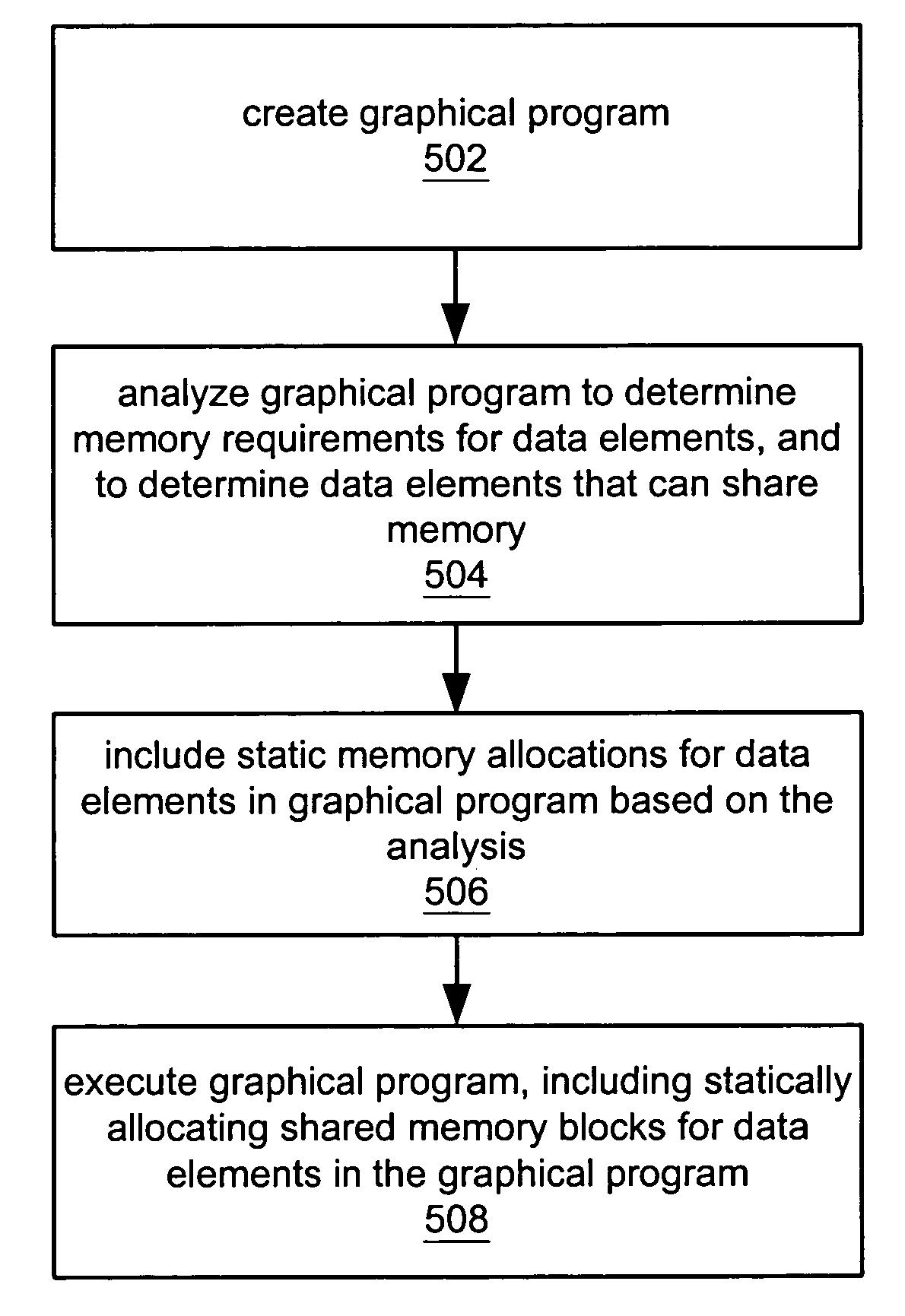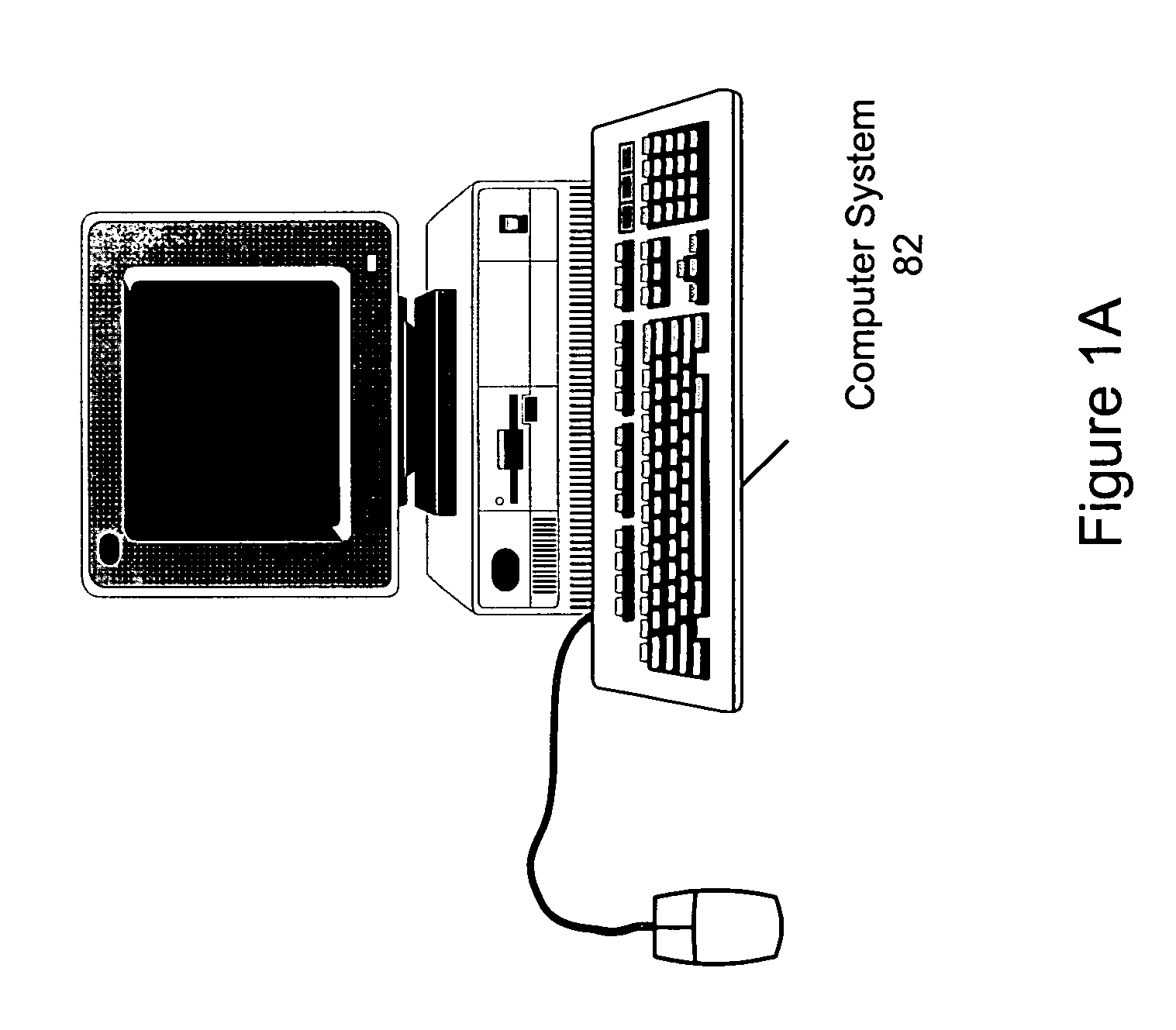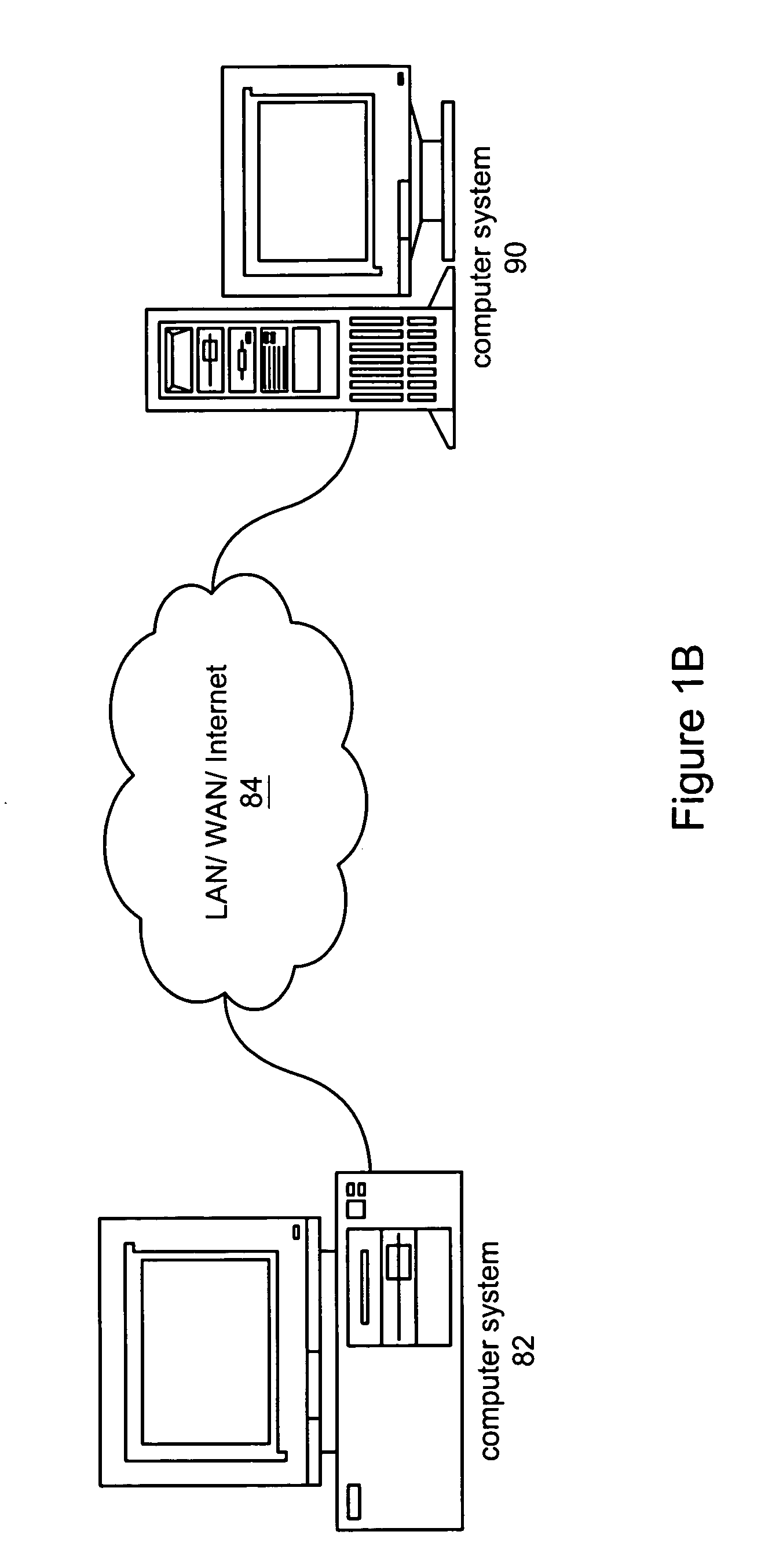Static memory allocation in a graphical programming system
a programming system and memory allocation technology, applied in the field of graphical programming, can solve the problems of user programming skills and ability to interact with the computer system often becoming a limiting factor in the achievement of optimal utilization of the computer system, complex task of programming a computer system to model or implement a process, and user's inability to fully grasp techniques
- Summary
- Abstract
- Description
- Claims
- Application Information
AI Technical Summary
Problems solved by technology
Method used
Image
Examples
example implementation
[0257]The following describes a preferred embodiment of an implementation of the method of FIG. 5. More specifically, the following describes an implementation of an embodiment of the method that includes optional target syntax checking. This particular implementation is directed toward a LabVIEW based graphical program (i.e., in the “G” graphical programming language, provided by National Instruments Corporation), although as noted above, this techniques described herein are broadly applicable to other graphical programming systems, as well. Note that while the following is described in terms of two stages or phases, namely, a memory pre-allocation stage and a memory reuse state, this organization is for explanation purposes only, and is not intended to limit the invention to any particular organization, i.e., in other embodiments, the functionality described below may be performed in more or less stages or phases as desired.
[0258]In the specific embodiment described below, a code ...
PUM
 Login to View More
Login to View More Abstract
Description
Claims
Application Information
 Login to View More
Login to View More - R&D
- Intellectual Property
- Life Sciences
- Materials
- Tech Scout
- Unparalleled Data Quality
- Higher Quality Content
- 60% Fewer Hallucinations
Browse by: Latest US Patents, China's latest patents, Technical Efficacy Thesaurus, Application Domain, Technology Topic, Popular Technical Reports.
© 2025 PatSnap. All rights reserved.Legal|Privacy policy|Modern Slavery Act Transparency Statement|Sitemap|About US| Contact US: help@patsnap.com



